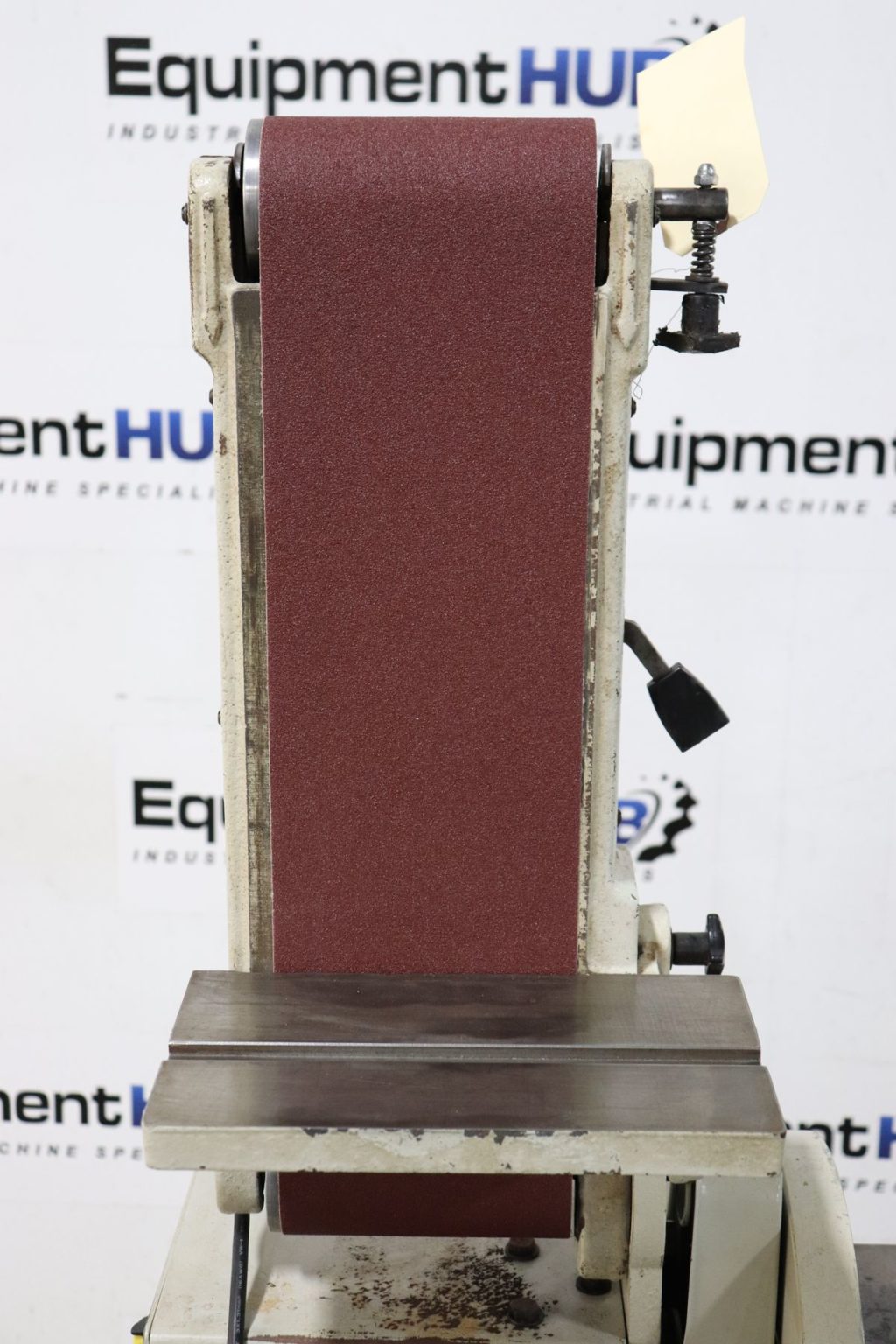
Animal seed-dispersers are considered to be important agents for the dispersal of the seeds of the majority of tropical tree species.

The pattern of dispersal of tree seeds is likely to have an important influence on the future tree species composition of the forests and hence on the natural diversity associated with those tree species. Seed dispersal is a critical step in the natural regeneration of tropical forests.

The study of selected tree claims, shelterbelts, and natural ravine forests in southeastern South Dakota was undertaken during the summer of 1976 to examine the distances propagules were carried by wind and animals between forest islands. In addition, a wide range of inter-island distances occur in these landscapes. Also, the closest possible origin of observed reproduction in each island can be easily determined even if the closest seed source is a different island. 0.1-25 hectares) and species-poor, so that tree surveys can be conducted rapidly. Planted forest stands in the prairie-forest border offer a desirable set of conditions for studying the effect of landscape pattern on propagule dispersal. It is not clearly understood whether the characteristics of deforested landscapes preferentially reduce the abundance of species with certain disperal characteristics (e.g., heavy animal-dispersed and heavy wind-dispersed seeds). However, the use of more » forest islands as study sites has provided some clues about the effects of distance (isolation) on dispersal and forest composition. The effect of distance in altering seed exchange between forest islands has not been directly tested. In the East, there is growing concern that the dissection of regional forests and the creation of small forest islands surrounded by non-forest uses (e.g., agriculture) may be affecting plant species richness and developmental patterns of vegetation (Levenson 1976), as has already been noted. Study of seed dispersal between the widely separated forest patches (forest islands) of the eastern Great Plains can contribute to understanding effects of deforestation in the more complex forest island landscapes of the eastern United States. This suggests that the inter-island seed rain is strongly comprised of seeds from edge plants. Edges receive stronger winds than interiors and are often more frequently visited by potential seed-dispersing animals. In some landscapes dwindling interior forest more » habitats are becoming more widely spaced, while the proportional area of edge is increasing. It is not known if forest edge development reaches an equilibrium similar to states attained by adjoining forest interiors. The majority of the forest islands examined have been at near-climax states of development, while the edges of these islands did not exceed a maximum age of 100 years. These edge conditions have been characterized in the literature by the presence of shade-intolerant, xeric-tolerant tree species normally associated with early stages of forest development.

Side-lighting increases the amount of light an edge receives to the point of increasing primary productivity above normal interior forest rates even though dessication may lessen maximal productivity.

Edge habitats may vary from 5 to 20 meters wide and, in the case of small forest islands of about two hectares or less, the entire island may display edge conditions. The differences vary according to edge aspect, the way a forest boundary may be structurally maintained by man, and the composition and age of a forest when an edge is created. These habitats often differ from interior forests in: tree species composition, primary productivity, structure, development, animal activity, and propagule dispersal capabilities. Forested tracts surrounded by non-forested land develop characteristic edge habitats.


 0 kommentar(er)
0 kommentar(er)
